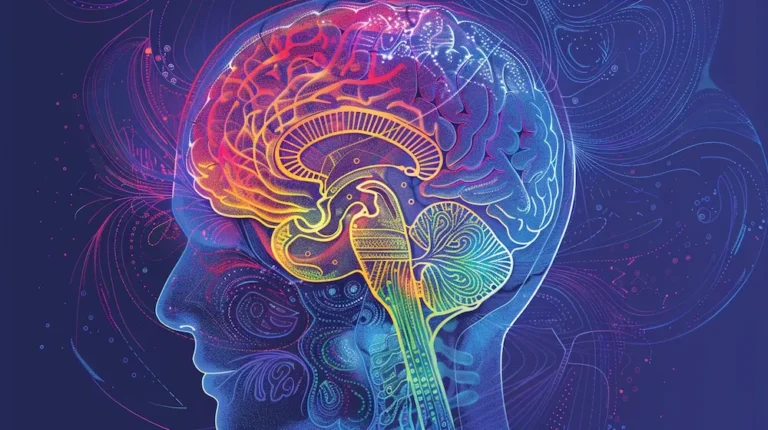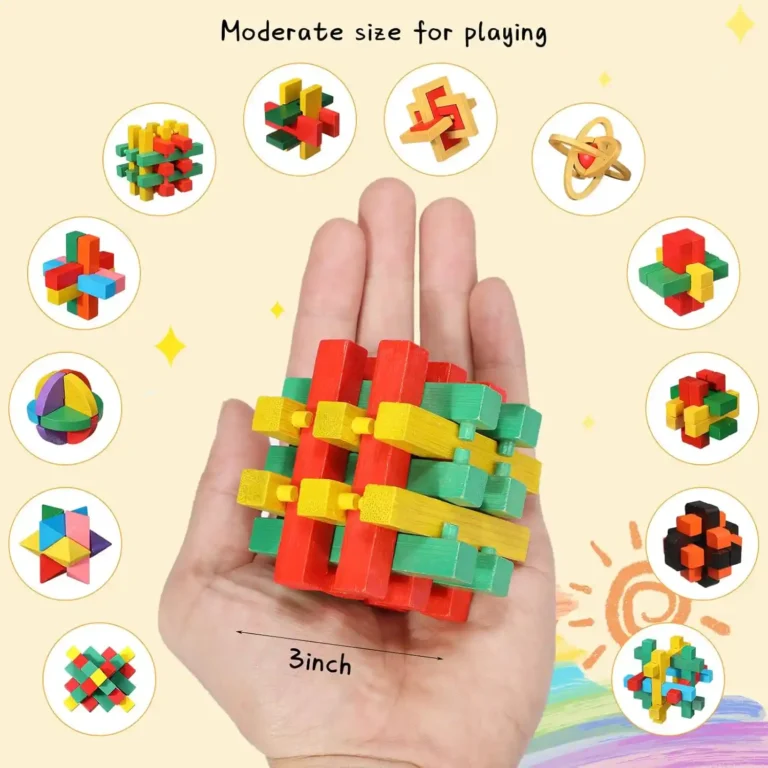Introduction
Brainwave entrainment is a fascinating phenomenon that involves synchronizing brainwaves to an external stimulus, such as sound or light.
This technique has gained popularity in recent years due to its potential benefits for mental health, cognitive enhancement, and overall well-being.
Understanding the different methods of brainwave entrainment, how they work, and their applications can empower individuals to leverage this technique for personal growth and improved mental states.
This article delves into the types of brainwave entrainment, their mechanisms, benefits, and practical applications.
Stay sharp and foster your brain development with our Trivia game generator or Fun Facts game for you mental exercises and mental sharpness!
Understanding Brainwaves
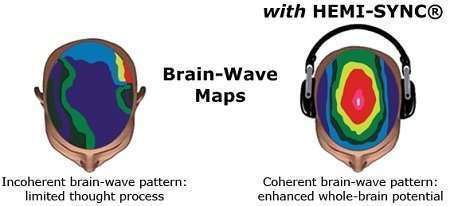
What Are Brainwaves?
Brainwaves are electrical impulses in the brain produced when neurons communicate with each other. These impulses can be measured using an electroencephalogram (EEG), which records the electrical activity of the brain. Brainwaves are categorized based on their frequency, measured in hertz (Hz), and are associated with different states of consciousness and mental activity.
Types of Brainwaves
Brainwaves are classified into several categories, each corresponding to specific mental states:
| Brainwave Type | Frequency Range (Hz) | Associated State |
|---|---|---|
| Delta | 0.5 – 4 | Deep sleep, restorative processes |
| Theta | 4 – 8 | Light sleep, relaxation, creativity |
| Alpha | 8 – 12 | Calm, relaxed, alert state |
| Beta | 12 – 30 | Active thinking, problem-solving |
| Gamma | 30+ | High-level information processing |
Understanding these brainwave types is crucial for recognizing how brainwave entrainment can influence mental states and cognitive functions.
What is Brainwave Entrainment?

Definition
Brainwave entrainment, also known as brainwave synchronization or neural entrainment, refers to the process by which external stimuli, such as sound or light, influence the brain’s electrical activity. The brain tends to synchronize its oscillations to the rhythm of periodic external stimuli, leading to changes in mental states and cognitive functions.
Mechanism of Action
The brain’s “frequency following response” is the key mechanism behind brainwave entrainment. When exposed to rhythmic stimuli, the brain adjusts its electrical activity to match the frequency of the stimulus. For example, if a person listens to a sound pulsing at 10 Hz, their brain may begin to produce brainwaves at that frequency.
“Brainwave entrainment is a powerful tool that can help individuals achieve desired mental states, from deep relaxation to heightened focus.” – Dr. Matthew Puderbaugh
Types of Brainwave Entrainment Techniques
Several techniques can be used for brainwave entrainment, each with its unique approach and applications. Here are the most common methods:
1. Binaural Beats
Binaural beats are created by playing two slightly different frequencies in each ear. The brain perceives a third tone, which is the difference between the two frequencies, leading to brainwave entrainment.
- How It Works: For example, if a 300 Hz tone is played in one ear and a 310 Hz tone in the other, the brain perceives a 10 Hz beat.
- Applications: Binaural beats are often used for relaxation, meditation, and enhancing focus.
2. Isochronic Tones
Isochronic tones are single tones that turn on and off at regular intervals. Unlike binaural beats, isochronic tones do not require headphones and can be used with any audio system.
- How It Works: The consistent pulsing of the tone encourages the brain to synchronize its activity to the beat.
- Applications: Isochronic tones are commonly used for stress reduction, cognitive enhancement, and sleep improvement.
3. Monaural Beats
Monaural beats are similar to binaural beats but involve two tones played together in one ear. The brain perceives the beat created by the combination of the two frequencies.
- How It Works: For example, if a 400 Hz tone and a 410 Hz tone are played together, the brain perceives a 10 Hz beat.
- Applications: Monaural beats can be used for relaxation and meditation, similar to binaural beats.
4. Photic Stimulation
Photic stimulation involves using flashing lights at specific frequencies to induce brainwave entrainment. This technique is often used in combination with sound for enhanced effects.
- How It Works: A strobe light flickering at a certain frequency can encourage the brain to synchronize its activity to the light’s rhythm.
- Applications: Photic stimulation is used in therapeutic settings and for enhancing focus during tasks.
5. EEG Neurofeedback
EEG neurofeedback is a more advanced form of brainwave entrainment that provides real-time feedback on brain activity. Individuals can learn to regulate their brainwaves through visual or auditory cues.
- How It Works: An EEG device measures brain activity and provides feedback, allowing individuals to adjust their mental states.
- Applications: Neurofeedback is used for various purposes, including improving attention, reducing anxiety, and enhancing cognitive performance.
Brain Stimulation and Its Relationship with Entrainment
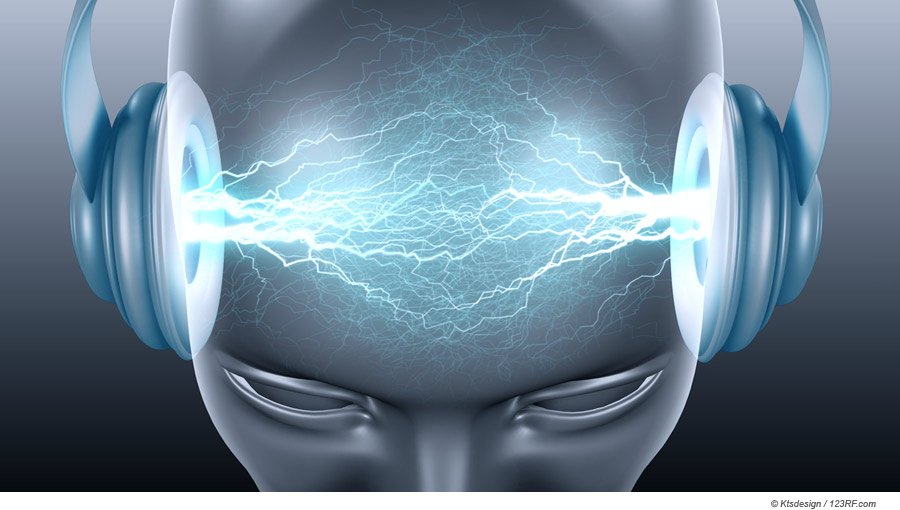
Understanding Brain Stimulation
Brain stimulation refers to techniques that activate or inhibit neural activity to influence brain function. This can include both invasive and non-invasive methods, such as transcranial magnetic stimulation (TMS) and deep brain stimulation (DBS).
How Brainwave Entrainment Complements Brain Stimulation
Brainwave entrainment can enhance the effects of brain stimulation techniques by promoting synchronization of brain activity which can be alleviating to some brain conditions like Parkinson.
Aligning brainwave frequencies with desired mental states, entrainment can optimize the outcomes of brain stimulation therapies.
- Example: Combining TMS with binaural beats may enhance the efficacy of treatment for depression by promoting a more receptive brain state.
Benefits of Brainwave Entrainment
Brainwave entrainment offers a variety of benefits that can enhance mental health, cognitive function, and overall well-being. Here are some key advantages:
1. Stress Reduction

One of the most significant benefits of brainwave entrainment is its ability to reduce stress and promote relaxation.
Techniques such as binaural beats and isochronic tones can help individuals enter a calm state, reducing anxiety and tension helping boost emotional intelligence.
2. Improved Focus and Concentration

Brainwave entrainment can enhance focus and concentration by encouraging the brain to enter states associated with alertness and attention. Brainwave entertainment can be a supplemented to brain exercises especially mental illness.
This is particularly beneficial for individuals who struggle with distractions or attention deficits.
3. Enhanced Learning and Memory
Research has shown that brainwave entrainment can improve learning and memory retention. By synchronizing brainwaves to optimal frequencies, individuals may find it easier to absorb and recall information.
“By tuning into the natural rhythms of our brainwaves, we can enhance our capacity to learn and adapt to new information.” – Prof. Zoe Kourtzi
4. Better Sleep Quality
Certain brainwave entrainment techniques can promote deeper sleep and improve sleep quality. By encouraging the brain to enter delta wave states, individuals may experience more restorative sleep.
5. Can Brainwave Entertainment Lead To Increased Creativity?
Brainwave entrainment can stimulate creative thinking by facilitating access to different brainwave states. Techniques that promote relaxation and open-mindedness can enhance creative problem-solving.
6. Brainwave Entertainment In Emotional Regulation

Engaging in brainwave entrainment can improve emotional regulation by helping individuals manage their emotional responses. Techniques that promote relaxation can reduce feelings of anxiety and enhance mood stability.
7. Pain Management
Some studies suggest that brainwave entrainment may help alleviate pain by promoting relaxation and altering the perception of pain.
Techniques such as binaural beats have been explored for their potential analgesic effects.
8. Support for Mental Health Conditions
Brainwave entrainment has shown promise in supporting individuals with various mental health conditions, including anxiety, depression, and PTSD. By promoting relaxation and emotional regulation, these techniques can serve as complementary therapies.
9. Cognitive Enhancement
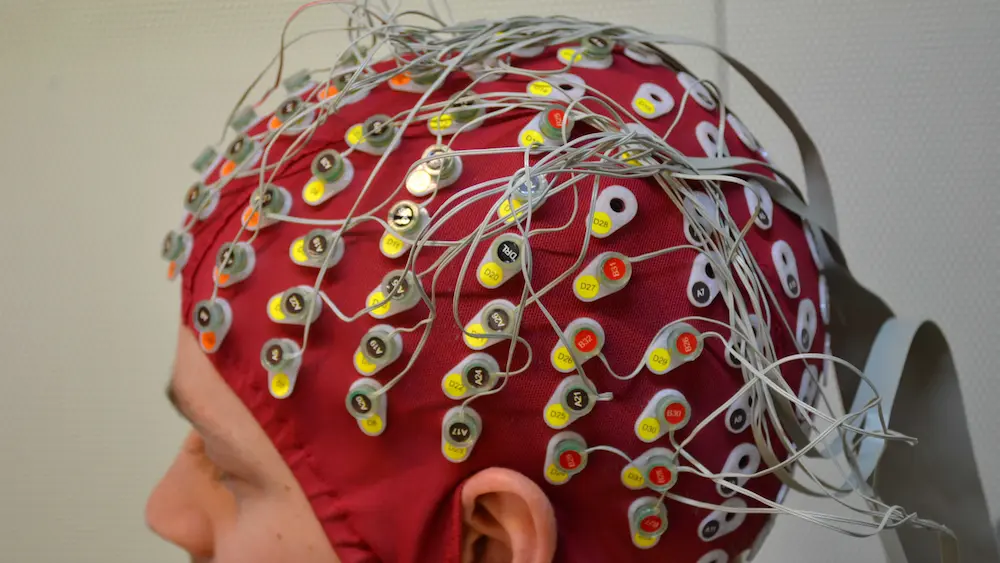
Brainwave entrainment can enhance cognitive functions such as attention, memory, and problem-solving skills.
Synchronizing brainwaves to optimal frequencies, individuals may experience improved cognitive performance.
10. Accessibility and Ease of Use
Many brainwave entrainment techniques are accessible and easy to use. With the availability of apps, audio tracks, and devices, individuals can incorporate brainwave entrainment into their daily routines without significant barriers.
Brain Exercises: Enhancing Cognitive Function with Entrainment
Get more Brain Games from our store page.

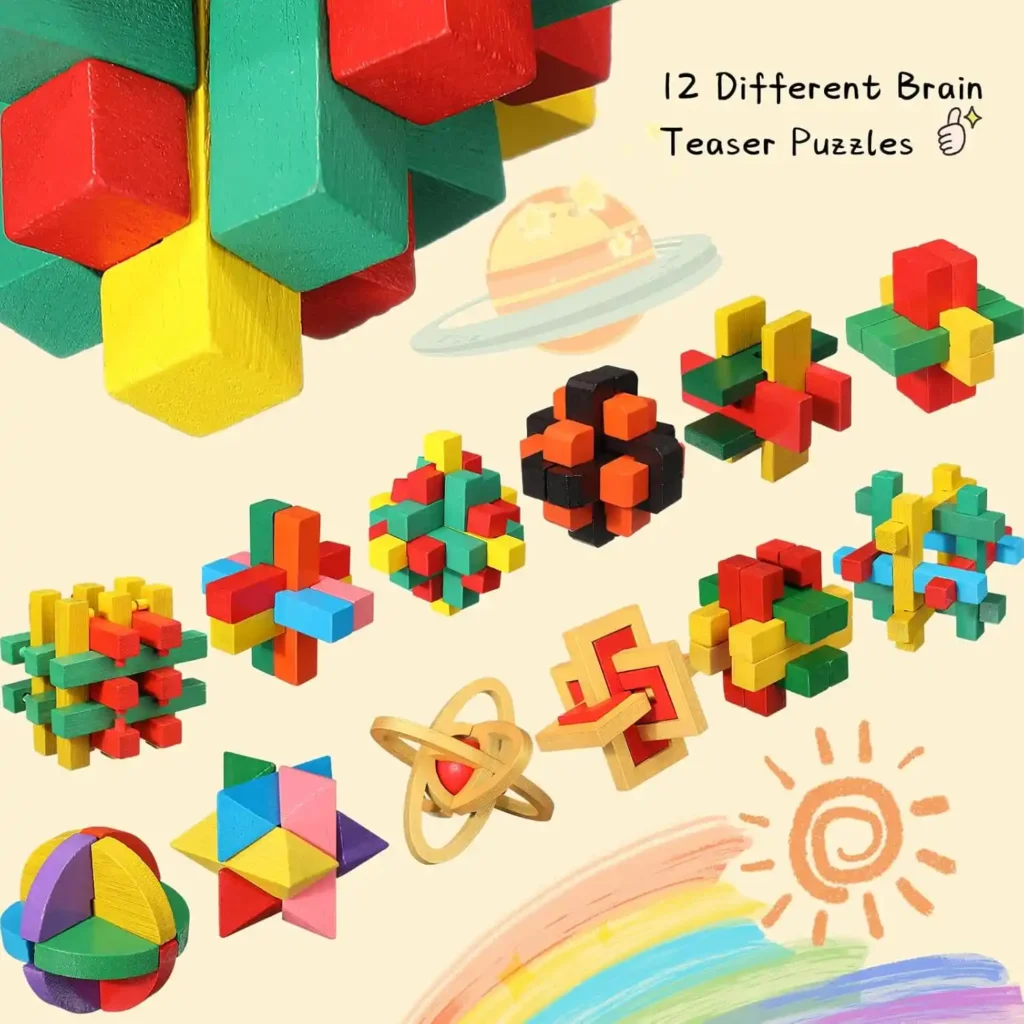
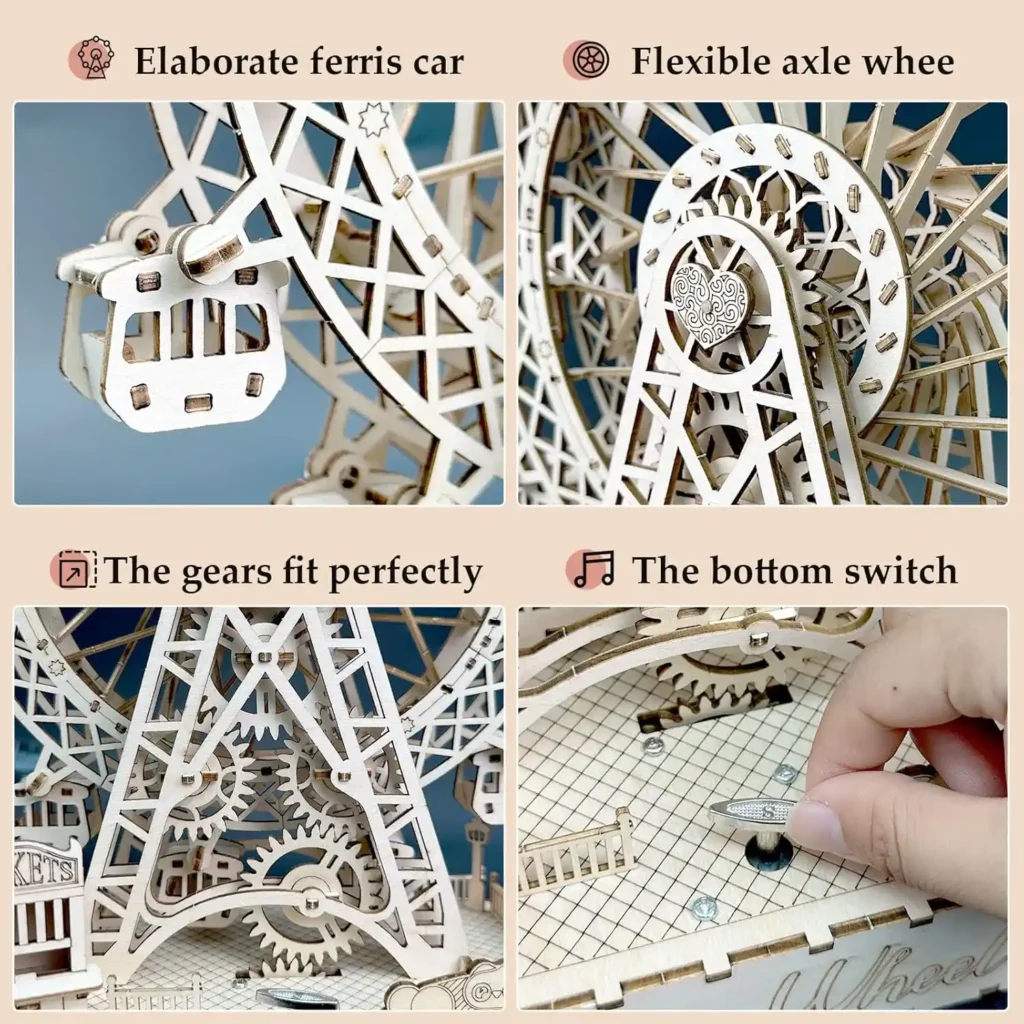
Importance of Brain Exercises
Brain exercises are activities designed to stimulate cognitive function and enhance mental agility. Similar to Neuroplasticity exercise, When combined with brainwave entrainment techniques, these exercises can further amplify cognitive benefits.
Examples of Brain Exercises

- Memory Games: Engaging in memory games while listening to binaural beats can enhance recall and retention.
- Puzzles and Logic Games: Solving puzzles while using isochronic tones can improve problem-solving skills and cognitive flexibility.
- Creative Writing: Practicing creative writing with background entrainment music can stimulate creative thinking and flow.
- Mindfulness Practices: Incorporating mindfulness meditation with brainwave entrainment can deepen relaxation and enhance emotional regulation.
Neurofeedback Therapy: A Personalized Approach
What is Neurofeedback Therapy?
Neurofeedback therapy is a specialized form of brainwave entrainment that provides real-time feedback on brain activity. By using EEG technology, individuals can learn to self-regulate their brainwaves, promoting desired mental states.
How Neurofeedback Works
During a neurofeedback session, electrodes are placed on the scalp to monitor brain activity. The individual receives feedback through visual or auditory cues, allowing them to adjust their mental states based on the information provided.
Applications of Neurofeedback Therapy
Neurofeedback therapy has been used to address various conditions, including:
- Attention Deficit Hyperactivity Disorder (ADHD): Helping individuals improve focus and attention.
- Anxiety Disorders: Teaching relaxation techniques to manage anxiety symptoms.
- Post-Traumatic Stress Disorder (PTSD): Assisting individuals in regulating emotional responses and reducing hyperarousal.
Future Directions in Brainwave Entrainment Research

Advancements in Technology
The field of brainwave entrainment is rapidly evolving, with ongoing research aimed at improving existing technologies and developing new methods. Some promising advancements include:
- Hybrid Imaging: Combining different imaging modalities, such as PET/MRI, to provide complementary information about brain structure and function.
- Higher Resolution Imaging: Developing techniques that allow for higher resolution images, enabling better visualization of small structures and abnormalities.
- Artificial Intelligence: Utilizing AI algorithms to analyze imaging data more efficiently and accurately, assisting in diagnosis and treatment planning.
Research Opportunities
Ongoing research in brainwave entrainment is essential for understanding its mechanisms and potential applications. Key areas of exploration include:
- Long-Term Effects: Investigating the long-term effects of brainwave entrainment on cognitive function and mental health.
- Comparative Studies: Conducting studies that compare the effectiveness of different brainwave entrainment techniques on various populations and conditions.
- Mechanistic Insights: Exploring the underlying neural mechanisms that facilitate brainwave entrainment and its impact on brain function.
Conclusion
Brainwave entrainment is a powerful technique that offers numerous benefits for mental health, cognitive function, and overall well-being.
Understanding the different types of brainwave entrainment and their applications, individuals can harness this technique to enhance relaxation, focus, creativity, and emotional regulation.
As research continues to advance, the potential for brainwave entrainment to contribute to personal development and therapeutic practices will likely expand.
When we integrating brainwave entrainment into daily routines, i believe individuals will take proactive steps toward optimizing their cognitive health and enhancing their quality of life.
Frequently Asked Questions (FAQs)
What is brainwave entrainment?
Brainwave entrainment is the process by which external stimuli, such as sound or light, synchronize brainwaves to a specific frequency, influencing mental states and cognitive functions.
How does brainwave entrainment work?
Brainwave entrainment works by exposing the brain to rhythmic stimuli, causing it to adjust its electrical activity to match the frequency of the stimulus, leading to desired mental states.
What are the different types of brainwave entrainment?
The main types of brainwave entrainment include binaural beats, isochronic tones, monaural beats, photic stimulation, and EEG neurofeedback.
Can brainwave entrainment improve sleep quality?
Yes, certain brainwave entrainment techniques can promote relaxation and encourage delta wave activity, leading to improved sleep quality.
Is brainwave entrainment safe?
Most brainwave entrainment techniques are considered safe, but individuals should consult with a healthcare provider if they have specific health concerns or conditions.
How often should I practice brainwave entrainment?
The frequency of practice depends on individual goals and preferences. Many people find that regular sessions enhance the effectiveness of brainwave entrainment.
Can brainwave entrainment help with anxiety?
Yes, brainwave entrainment techniques can promote relaxation and emotional regulation, making them beneficial for individuals experiencing anxiety.
What equipment do I need for brainwave entrainment?
Many brainwave entrainment techniques can be accessed through audio tracks or apps, while more advanced methods may require EEG devices or specialized equipment.
Are there any side effects of brainwave entrainment?
Generally, brainwave entrainment is safe; however, some individuals may experience mild discomfort or headaches, especially with certain techniques. It’s essential to listen to your body and adjust accordingly.
How can I get started with brainwave entrainment?
You can start by exploring audio tracks or apps that offer binaural beats or isochronic tones, and gradually incorporate these techniques into your relaxation or study routines.
References
- Wikipedia. (2024). Brainwave Entrainment. https://en.wikipedia.org/wiki/Brainwave_entrainment
- Binaural Beats Freak. (2024). Types of Brainwave Entrainment: A Beginner’s Guide. https://www.binauralbeatsfreak.com/brainwave-entrainment/brainwave-entrainment-types
- Cambridge University. (2023). Tuning into brainwave rhythms speeds up learning in adults. https://www.cam.ac.uk/stories/brainwavelearning
- NCBI. (2024). Binaural beats to entrain the brain? A systematic review of the effects of binaural beat stimulation. https://www.ncbi.nlm.nih.gov/pmc/articles/PMC10198548/
- DIY Genius. (2024). Meditation, Neurofeedback, and Brainwave Entrainment. https://www.diygenius.com/consciousness-hacking-with-brainwave-entrainment/
